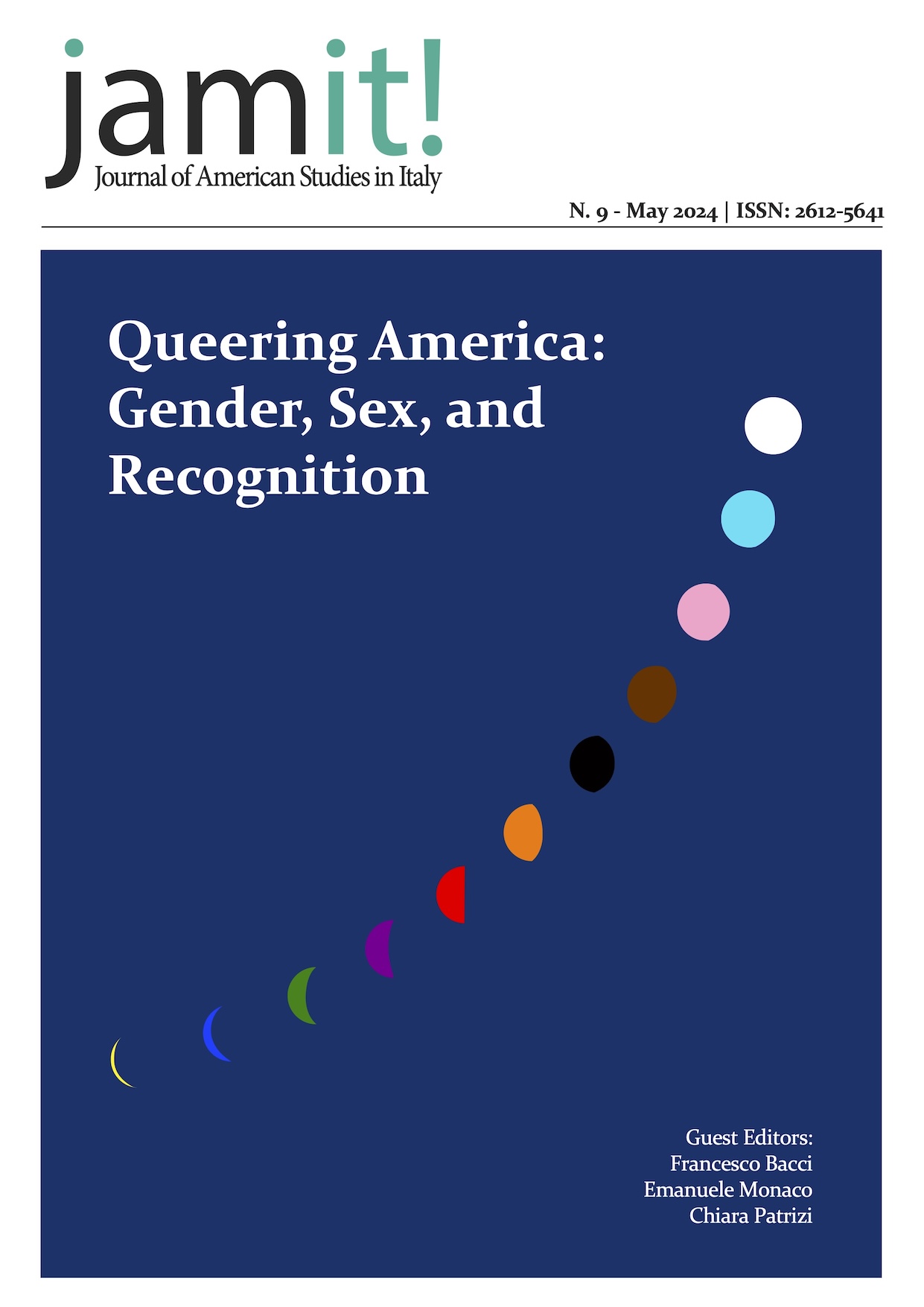“Was This Garden, then, the Eden of the Present World?”
Nathaniel Hawthorne’s Representation of Padua in “Rappaccini’s Daughter”
DOI:
https://doi.org/10.13135/2612-5641/8011Parole chiave:
Nathaniel Hawthorne, Rappaccini’s Daughter, Padua, The Marble Faun, Rome, Historical accuracy, Truthfulness of the settingAbstract
This article examines the concepts of historical accuracy and truthfulness of the setting in Nathaniel Hawthorne’s “Rappaccini’s Daughter” (1844) through an analysis of his representation and depiction of Padua, in particular of its University and Botanical Gardens (Orto Botanico). Though Hawthorne had not yet visited Italy at the time of publication, his description of Padua in the tale is vivid and full of apt references that embody the city. Overall, little critical attention has been devoted to the Padua setting of the short story. However, a study of Hawthorne’s rich and accurate references in the text reveals a somewhat obscure desire to convey his particularly deep knowledge of Italian literature, art, and history. Finally, a comparison between the Padua of “Rappaccini’s Daughter” with subsequent depictions of Italy in Hawthorne’s production, especially the Rome of The Marble Faun: Or, The Romance of Monte Beni (1860), will highlight similarities and differences in the treatment of history and setting in his later works.
##submission.downloads##
Pubblicato
Fascicolo
Sezione
Licenza
Authors who publish with this journal agree to the following terms:
- Authors retain the copyright and full publishing rights for their submissions to the journal.
- Authors grant the journal right of first publication with the work simultaneously licensed under a Creative Commons Attribution-NonCommercial-NoDerivatives 4.0 International License that allows others to share unedited work for non-commercial purposes with an acknowledgement of the work's authorship and initial publication in this journal.
- Authors are able to enter into separate, additional contractual arrangements for the non-exclusive distribution of the journal's published version of the work (e.g., post it to an institutional repository or publish it in a book), with an acknowledgement of its initial publication in this journal.
- Authors are permitted and encouraged to post their work online (e.g., in institutional repositories or on their website) prior to and during the submission process, as it can lead to productive exchanges, as well as earlier and greater citation of published work (See The Effect of Open Access).




